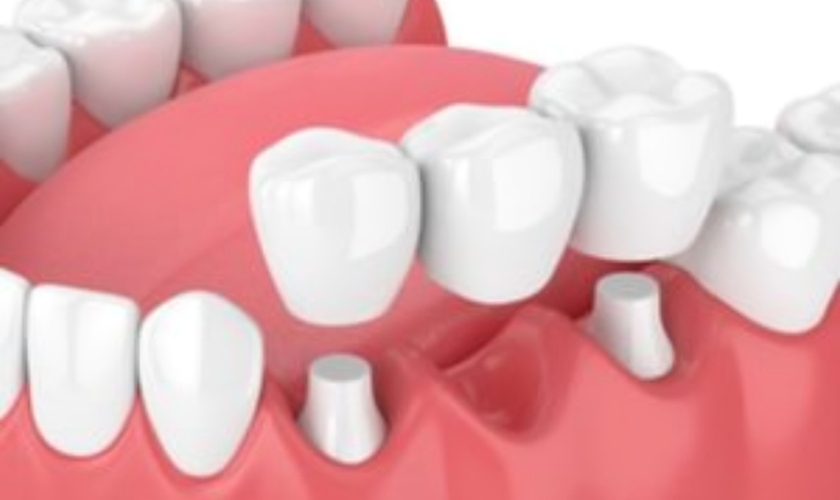
A dental bridge is a fantastic restoration, bridging the gap created by missing teeth. But like any dental work, bridges can occasionally come loose or fall out entirely. While this can be a stressful situation, staying calm and taking the right steps can help minimize discomfort and ensure a smooth resolution. Here’s a guide on what to do immediately when your dental bridge falls out, followed by information on how restorative dentistry services we offer in Pocatello, ID, can help get your smile back on track.
Stay Calm and Locate the Bridge
The initial shock of a fallen bridge can be unsettling. Take a deep breath and remember that this is a fixable situation. First things first, locate your bridge. Check your mouth thoroughly, then look around where you are sitting or standing. If you can’t find it immediately, don’t panic. Sometimes, bridges can fall unnoticed onto a napkin or tissue.
Handle the Bridge with Care
Once you find your bridge, pick it up gently. Avoid using excessive force, as bridges can be delicate and susceptible to damage. Examine the bridge for any cracks, chips, or broken parts. If you notice any damage, make a note of it for your dentist.
Clean the Bridge and Your Mouth
Before attempting to reattach the bridge (more on that later), both the bridge and your mouth need a gentle cleaning. Rinse the bridge thoroughly with lukewarm water to remove any debris or food particles. Swish your mouth with warm salt water (mix half a teaspoon of table salt into a glass of warm water) to remove any bacteria or lingering food particles from the exposed area.
Reattaching the Bridge
While some bridges may have a temporary adhesive that allows for reattachment at home, it’s generally best to leave this to a dental professional. Here’s why:
- Improper fit: A bridge that doesn’t fit perfectly can irritate the gums and potentially damage surrounding teeth.
- Risk of swallowing: If the bridge isn’t reattached securely, there’s a risk of accidentally swallowing it.
- Further damage: Attempting to reattach a bridge with missing parts or cracks could worsen the damage.
That being said, if your bridge feels like it would fit comfortably back in place and there’s no visible damage, you can attempt to reattach it temporarily. Use a small amount of denture adhesive (available over the counter) following the product instructions. Remember, this is just a temporary fix until you can see your dentist.
Schedule an Emergency Dental Appointment
Getting your dental bridge addressed by an emergency dentist as soon as possible is crucial. They can:
- Examine the bridge and surrounding teeth: The dentist will assess the condition of the bridge and surrounding teeth to determine the best course of action.
- Reattach or replace the bridge: Depending on the bridge’s condition, the dentist may be able to reattach it securely or recommend a replacement.
- Address any underlying issues: Sometimes, a dental bridge falls out due to underlying issues like decay or gum disease. The dentist will identify and address these concerns to prevent future problems.
Manage Discomfort and Avoid Certain Foods
While waiting for your dental appointment, you can manage discomfort by taking over-the-counter pain medication if needed. Avoid chewing on the exposed area and stick to soft foods until you see your dentist.
At our dental practice, we offer a comprehensive range of restorative dentistry services in Pocatello, ID, including dental bridges. Our professional dentists can help you explore all your options, whether it’s reattaching your current bridge, creating a new one, or discussing alternative solutions like dental implants.
Don’t let a fallen bridge disrupt your smile and oral health. Contact us today to schedule an appointment and get the professional care you need.